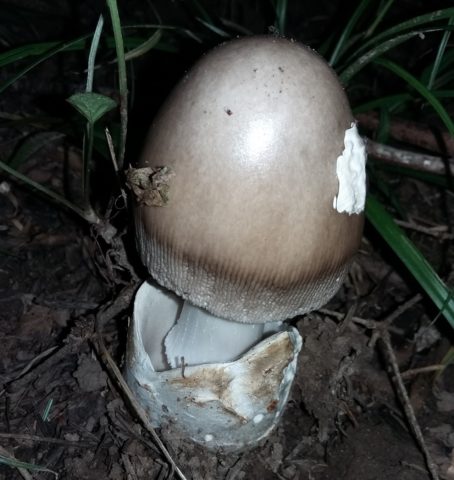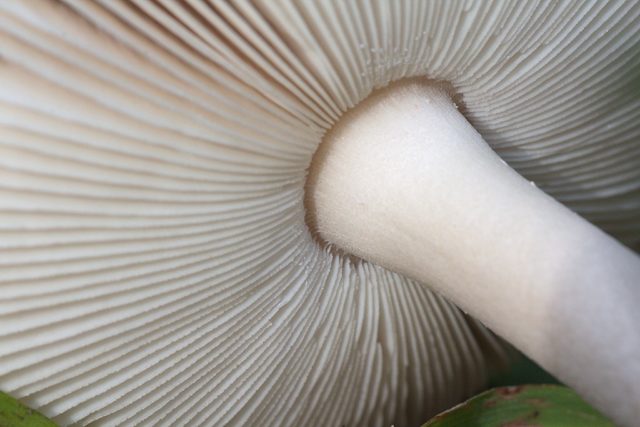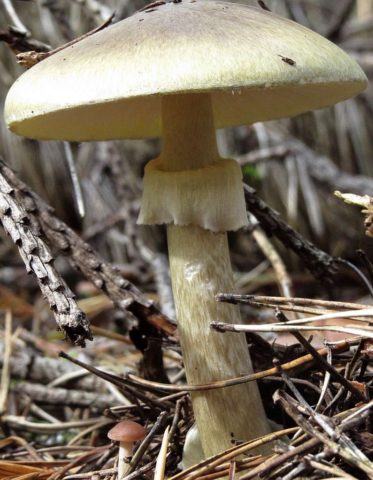Content
The gray float is a mushroom that belongs to the Amanite family. The fruiting body also has another name: amanita vaginalis.
What a gray float looks like
Outwardly, the fruit body looks inconspicuous: it looks like a pale toadstool. Many mushroom pickers bypass it, considering it poisonous.
Description of the hat
In diameter, it reaches 5-10 cm, has a color of various shades of gray: from light to dark. There are representatives whose color is brown or yellow. The shape of the cap differs as it grows: in young specimens it is ovoid-annular, then gradually becomes flat-convex with ribbed edges. The presence of flocculent residues from the common bedspread is possible. Its pulp is white and fragile, so it breaks easily.
The plates on the back of the cap are frequent and wide. In young specimens, they are white, but gradually become yellow in color.
Leg description
Amanita vaginalis has a long leg: it reaches 12 cm in height and 1.5 cm in width. It is cylindrical in shape, hollow inside, with an expanded base. When viewed on it, you can identify a flocculent bloom and spotting, whose shade is lighter than that of the cap.
The vulva is large, yellow-red in color. A characteristic feature is the absence of a ring.
Where and how it grows
It is possible to collect the gray float everywhere: it grows safely in coniferous or deciduous forests, and is found in mixed plantings. The fruiting period is from July to September.
Is the mushroom edible or not
The float belongs to the conditionally edible fruit bodies. Nondescript appearance and similarity with poisonous representatives are a common reason why mushroom pickers avoid this species.
Boil it before using it. It should be borne in mind that the pulp is very fragile, easily breaking, which makes it difficult to cook the mushroom.
Poisonous counterparts and their differences
There is a possibility of confusing amanita vaginalis with pale toadstool. The latter has a brown-olive cap with a silky sheen or white flakes on the surface. As the fungus grows, it changes its color to grayish. The main differences between the species are the absence of a ring on the leg and the presence of a free saccular vulva in the twin.
It is necessary to distinguish the gray float from the stinking fly agaric. The latter is characterized by a wide-conical hat, reaching a diameter of 12 cm. It is sticky to the touch, shiny, white in color. The pulp at the fruiting body has an unpleasant odor. The double is extremely poisonous, it is forbidden to use it in food.
Conclusion
The gray float is a representative of edible fruit bodies.Despite its unattractive appearance, it is suitable for cooking. The species is ubiquitous, the harvest is harvested from July to September. You should carefully examine the specimens: the gray float is easily confused with the pale toadstool and the stinking fly agaric.













